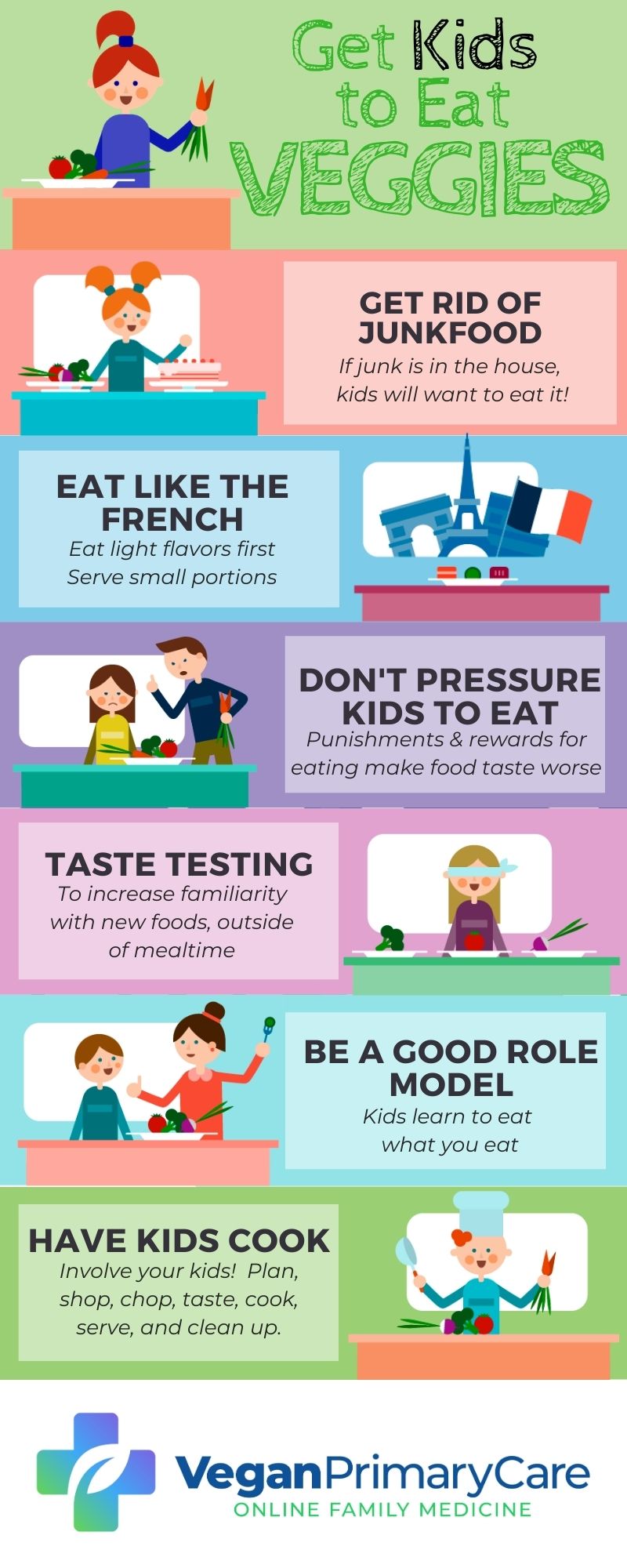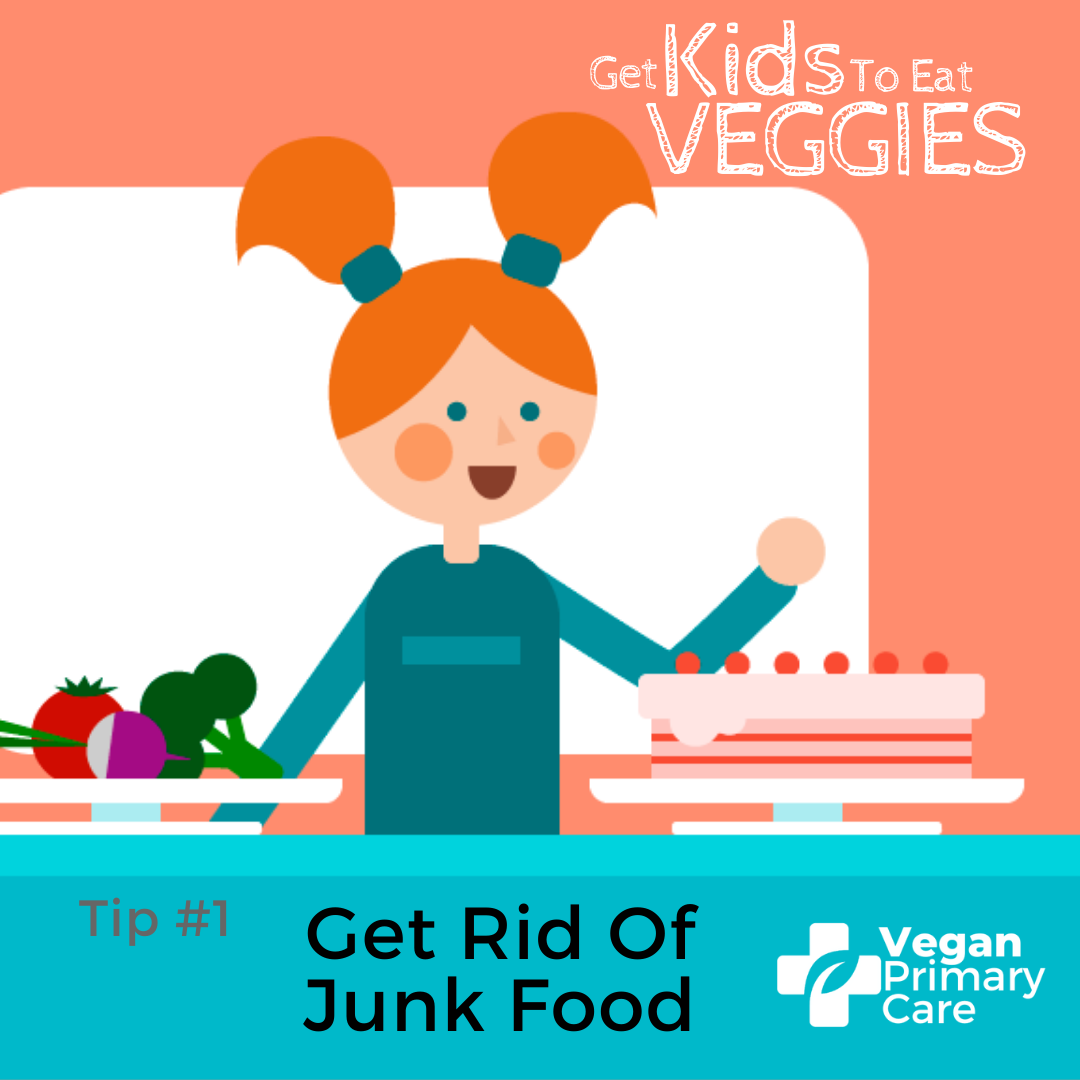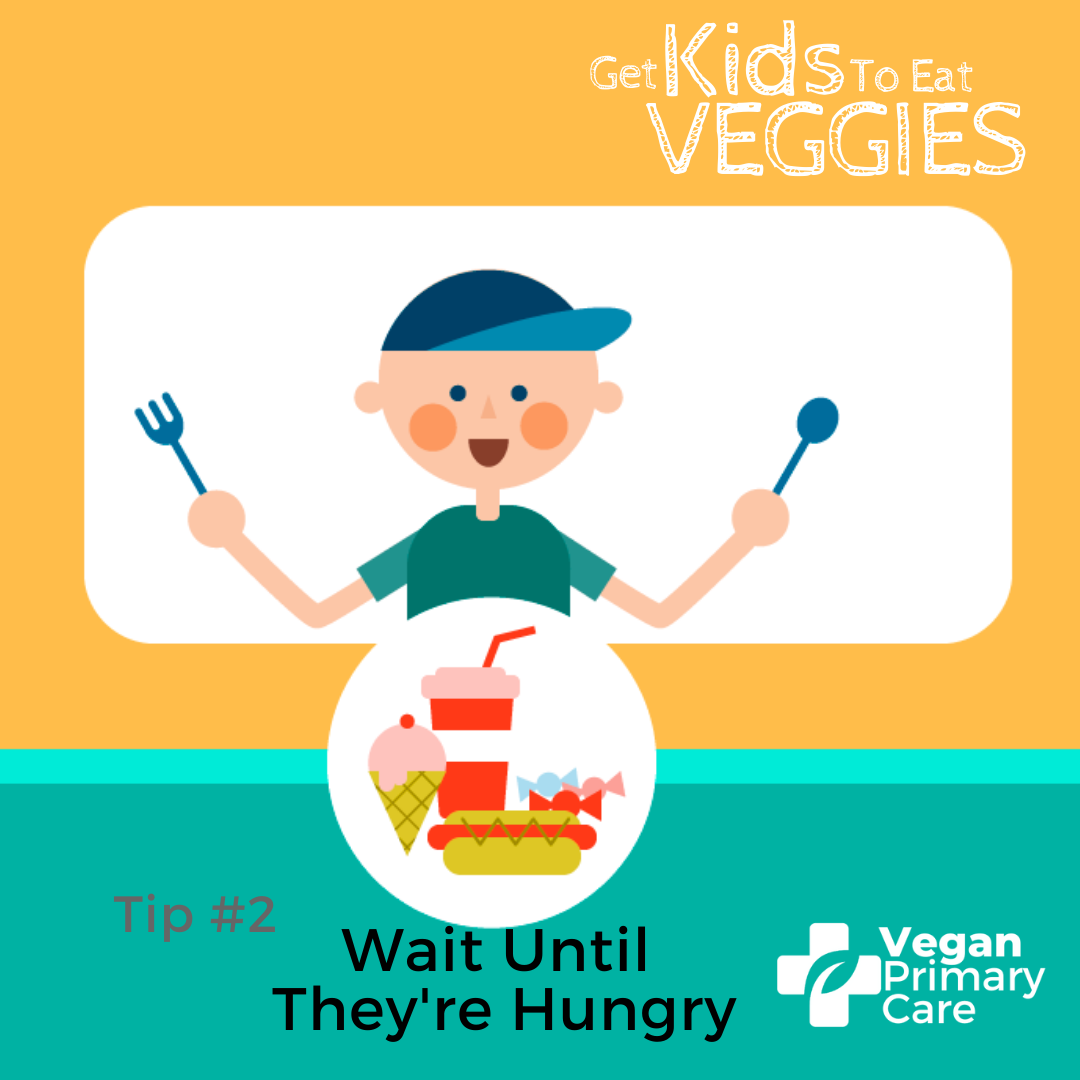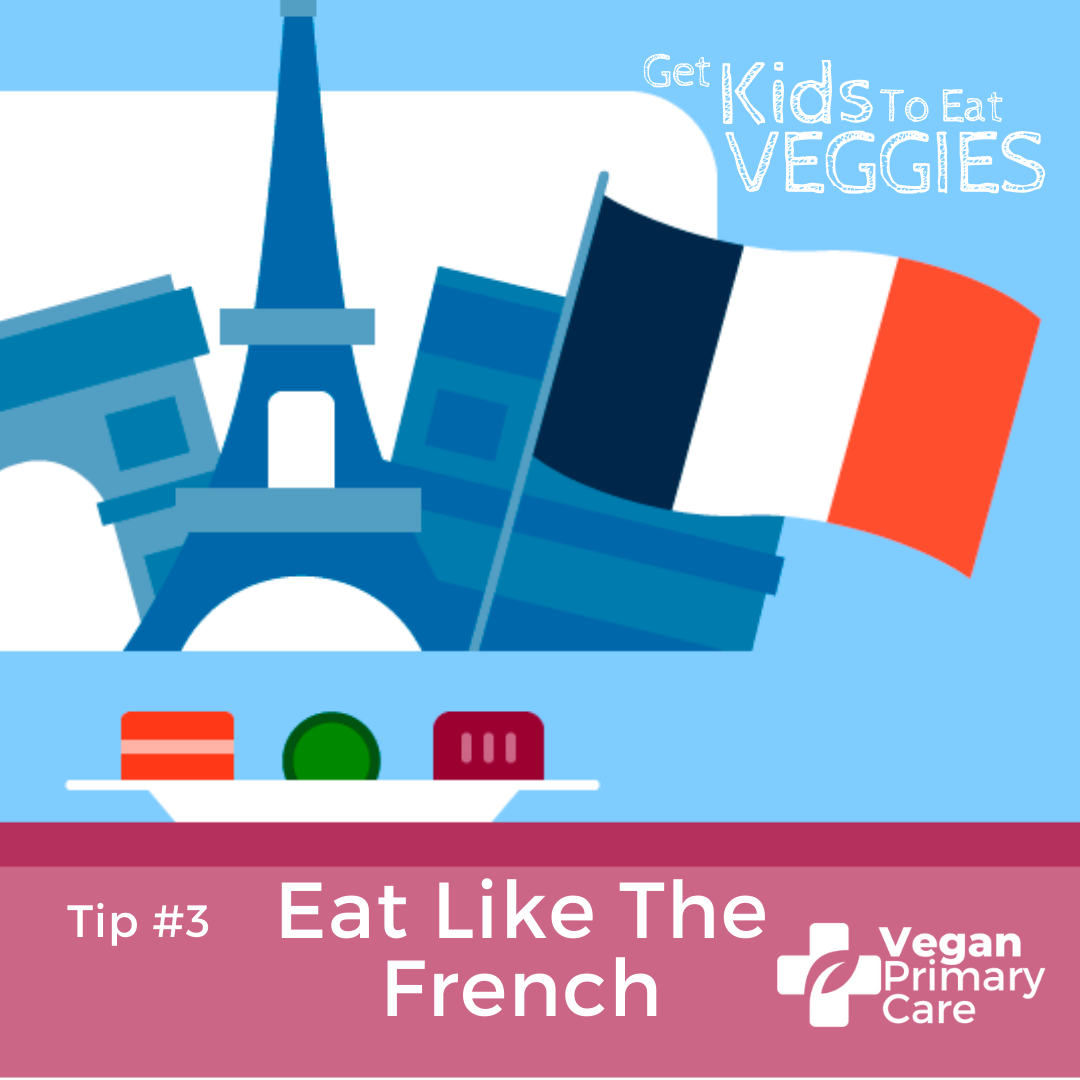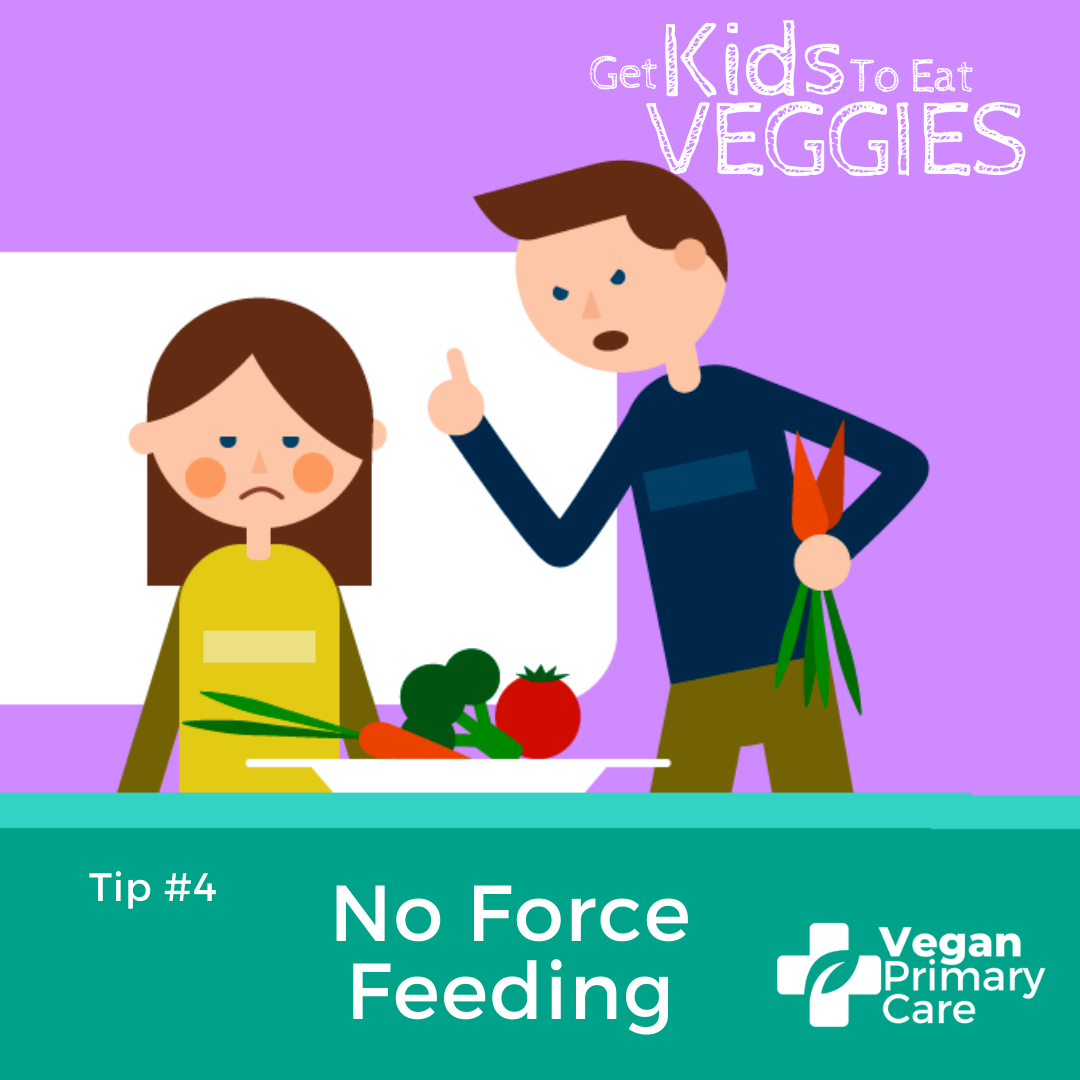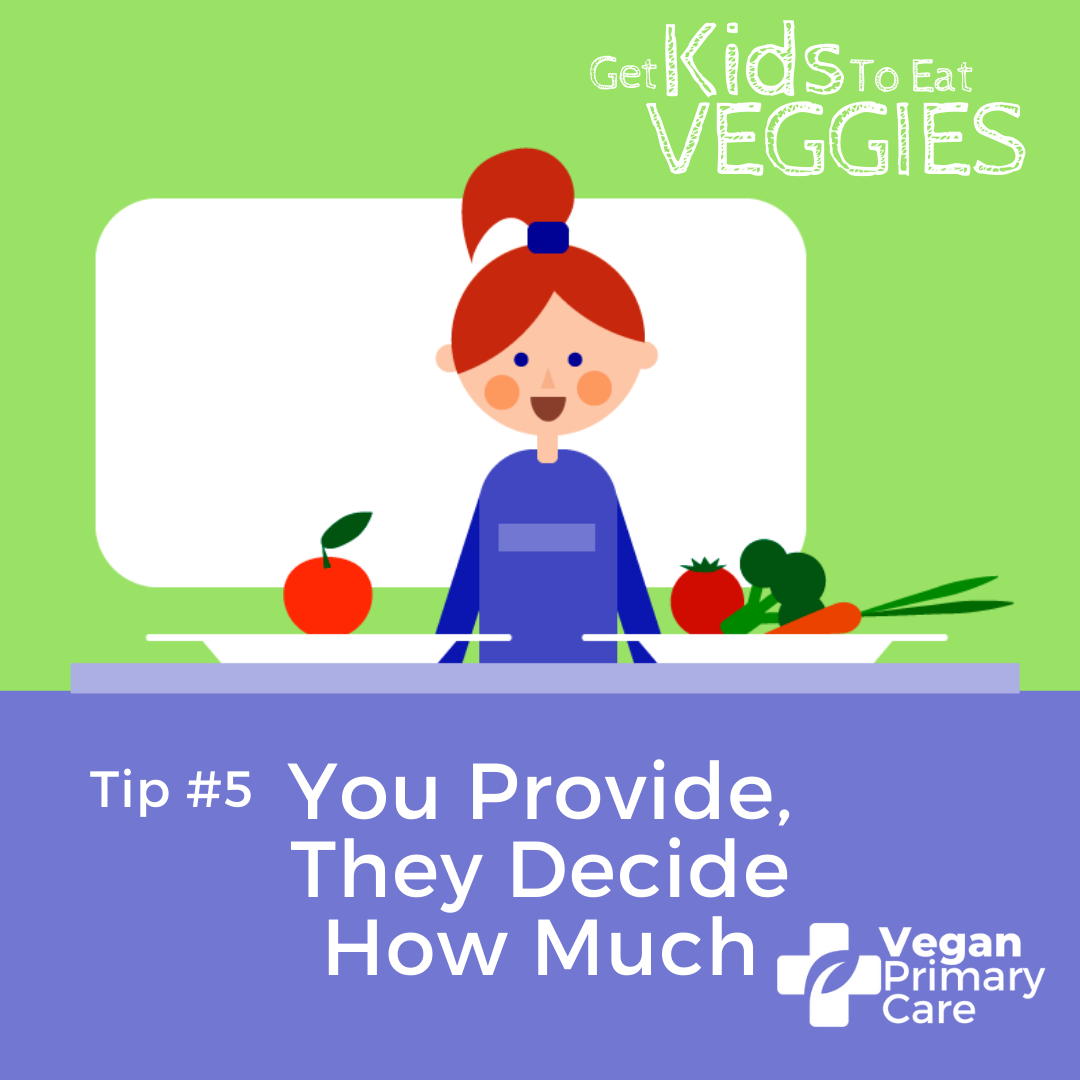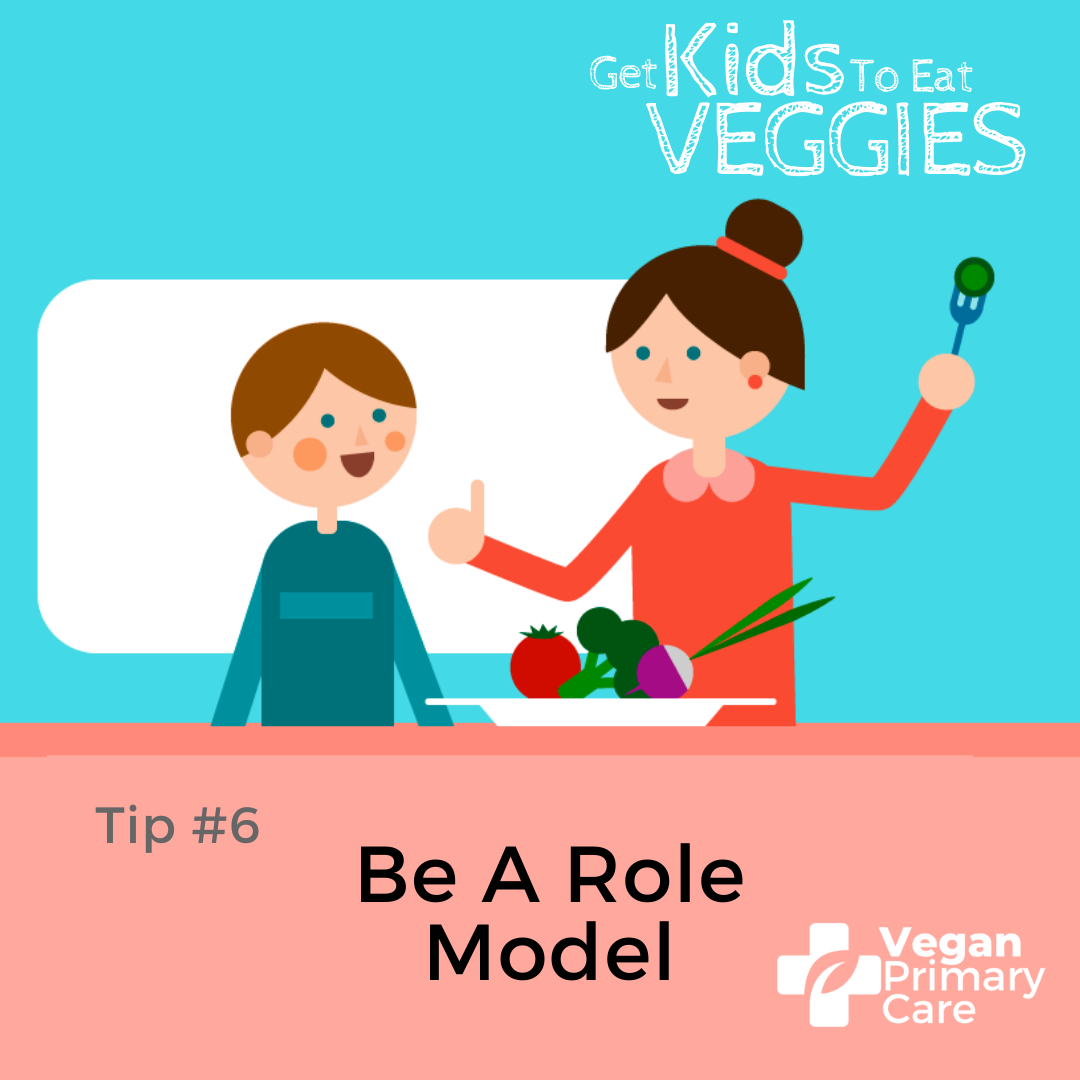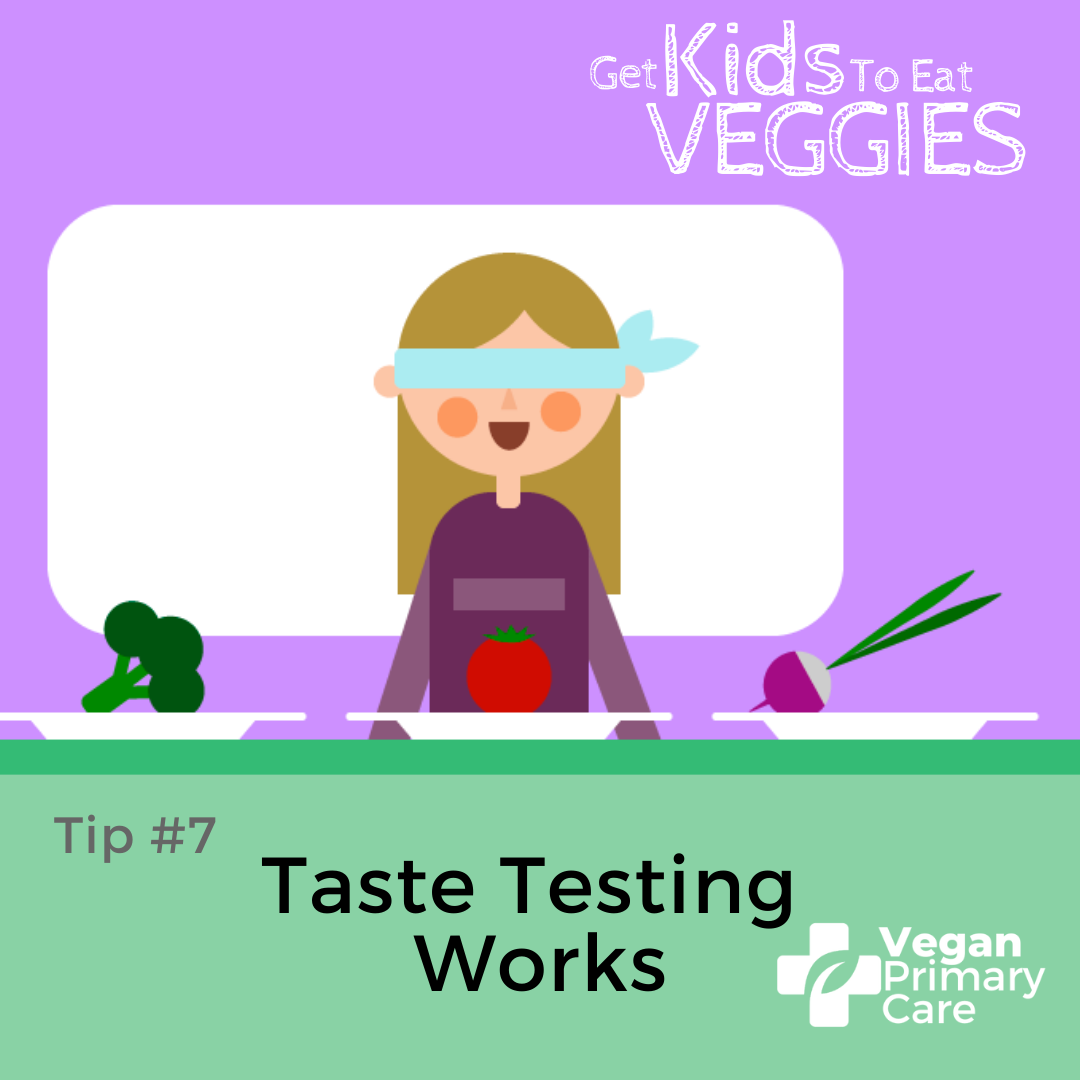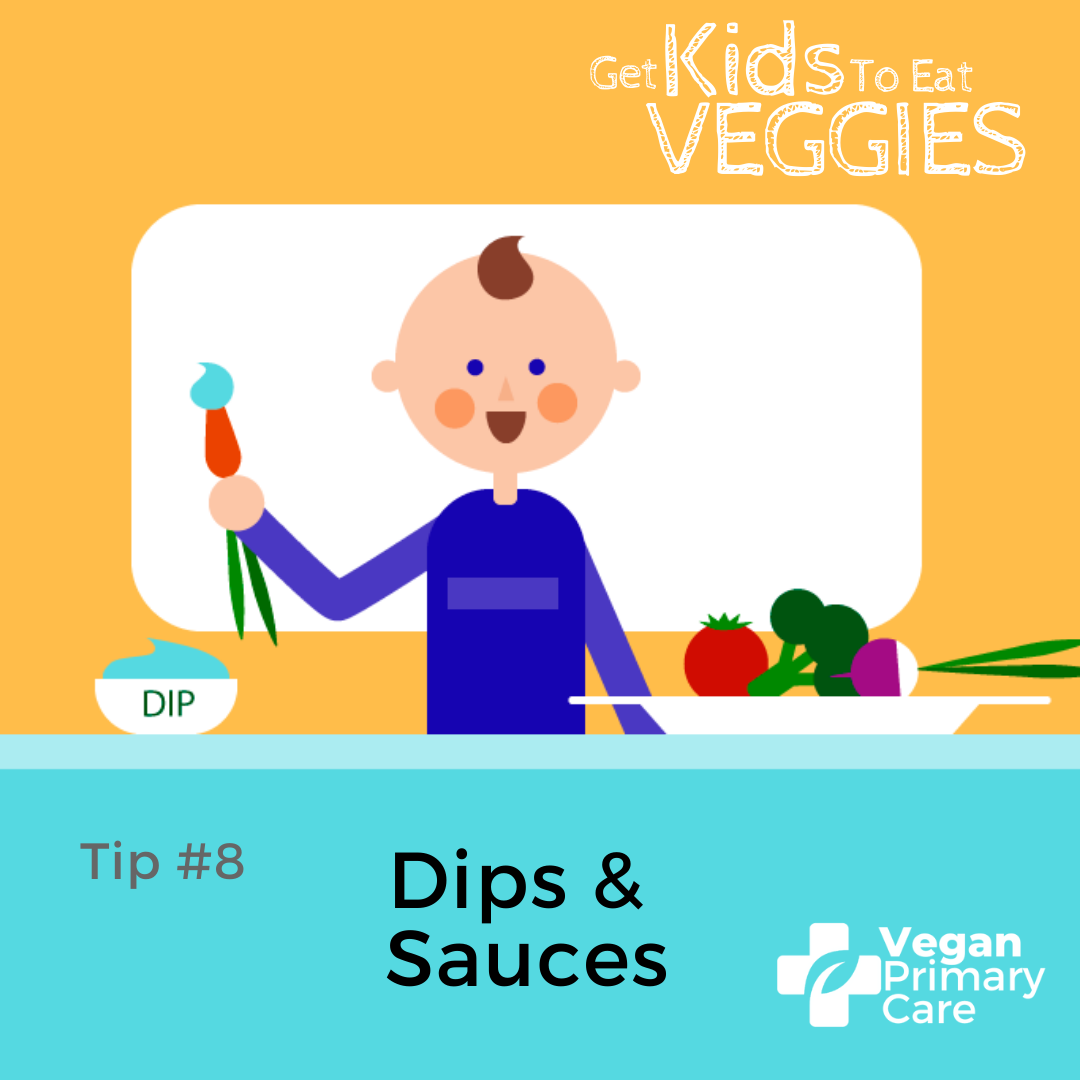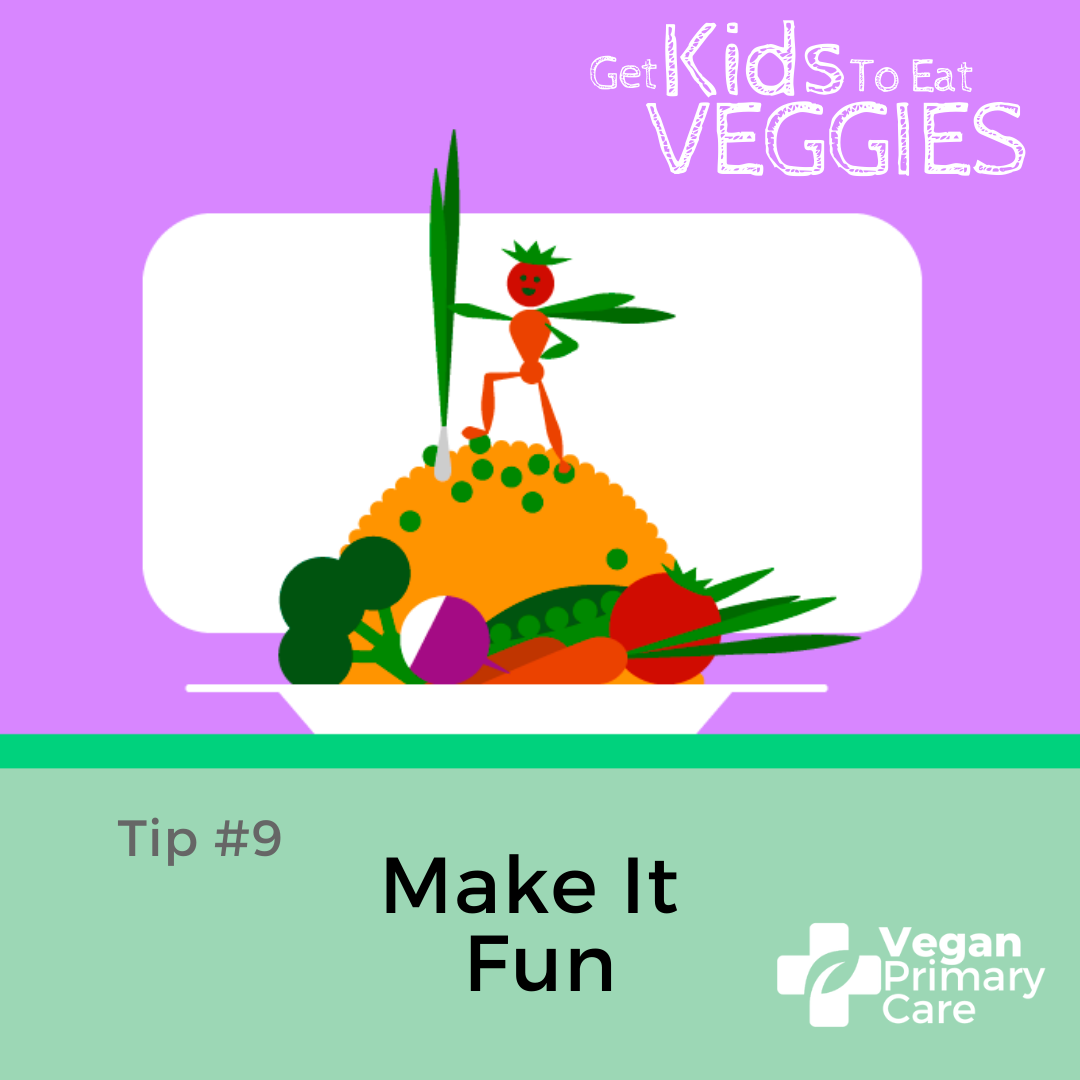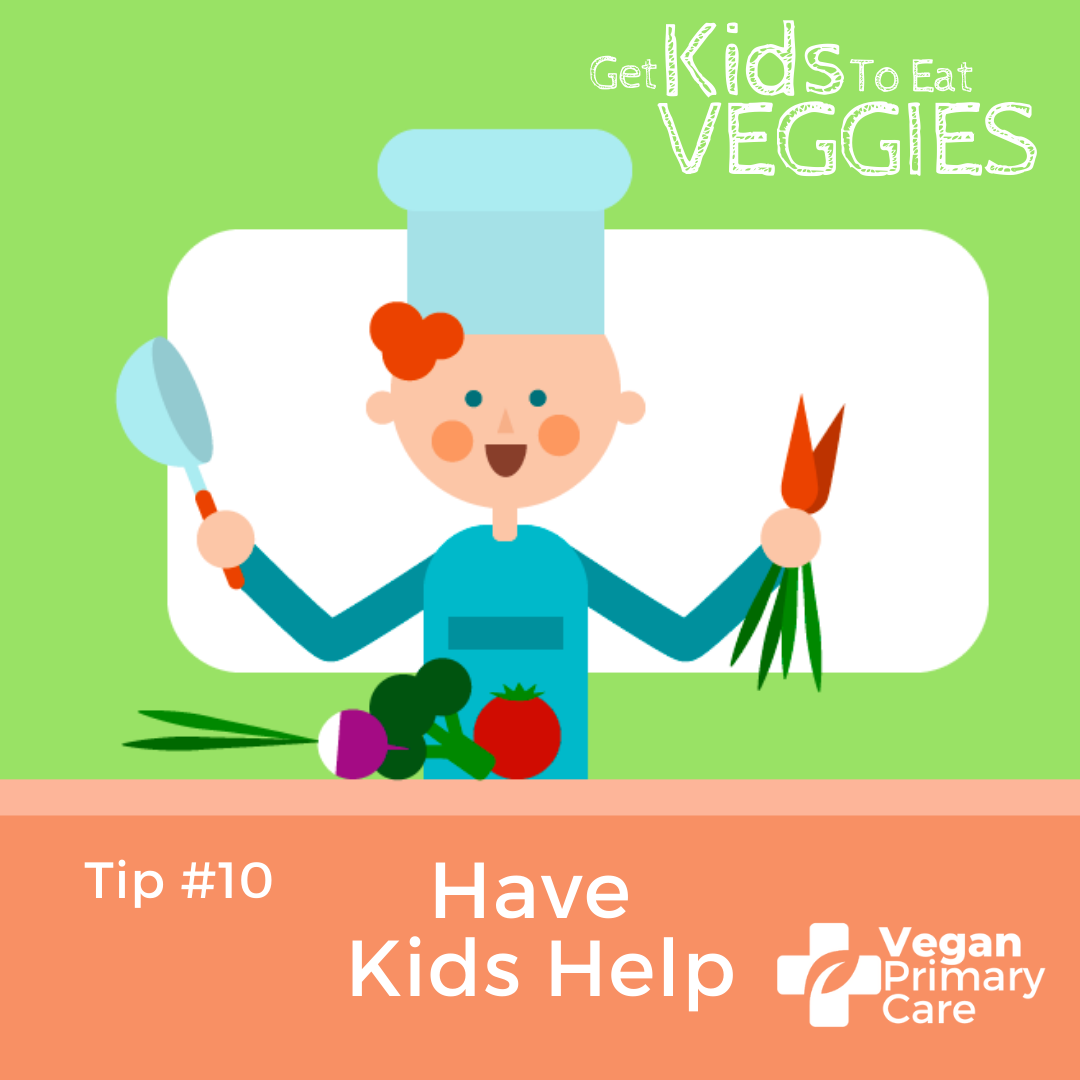Do you find yourself fighting with your kid about food at every meal? Do you feel guilty that you haven’t instilled in your child a taste for more healthy foods? Me too! That is why I investigated what works and doesn’t work when it comes to getting our kids to eat healthier.
Below I have ten evidence based tips on how to get kids to eat vegetables without a fight! You might even get your kids to ask for healthy foods by themselves. Before we get to the tips there are a few things to know that will help you be more successful.
